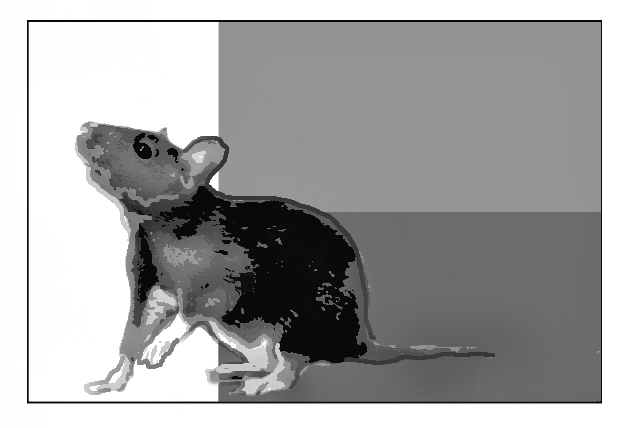Graphic by Carrie Clowers '19
BY SAVANNAH HARRIMAN-POTE ’20
According to the World Health Organization (WHO), Madagascar is entering its fourth month of an unusually severe plague outbreak. As of Oct. 26, 124 individuals have died from the disease out of 1,200 confirmed in suspected cases.
The plague, known also as the Black Death for the dark patches on the skin caused by subcutaneous bleeding, is one of the best known infectious diseases in world history. Professor Desmond Fitz-Gibbon of the history department, who lived in Madagascar prior to joining the Mount Holyoke faculty, elaborated on the impact of the plague.
“If we consider plague in the broader context of infectious disease, then it is hard to doubt its importance to world history,” said Fitz-Gibbon. “The bubonic plague that hit Europe in 1347-52 is generally considered to be one of the most severe pandemics in world history, and most certainly in European history. Estimates of mortality range somewhere between 30-60 percent of the European population killed ... The ‘third pandemic’ associated with plague began in the early 20th century, and is continuing today in Madagascar, but also elsewhere in Africa and Asia,” he said.
The National Public Radio (NPR) reported that “in some parts of the world, including Madagascar, the plague has become a seasonal scourge. After the rice harvest at the end of summer, rats don't have as much food and their population drops. Around August fleas start looking for new hosts to bite, and humans are prime candidates. Madagascar can see between 280 and 600 infections annually.” Although plague in Madagascar is an annual occurrence, this wave is notable for its early timing and high infection rate.
The Center for Disease Control and Prevention (CDC) says that there are three main types of plague: bubonic, septicemic and pneumonic. Of the three, pneumonic plague poses the greatest threat to human health and is the only form of the disease that can be spread through physical contact. Though pneumonic plague can be treated with antibiotics if caught in time, its incubation period can be as short as 24 hours and it is nearly always fatal if left untreated. Bubonic plague can progress into pneumonic plague if the bacterium travels into the infected person's lungs. CNN reported that 67 percent of cases in the current Madagascar outbreak are pneumonic, contributing the high rate of infection and mounting death toll.
While cases of the plague are usually reported in the rural, mountainous region of Madagascar, this year’s outbreak is predominantly occurring in towns and urban areas, including the island’s capital city, Antananarivo, according to the BBC. On Sept. 30 of this year, Malagasy Prime Minister Olivier Mahafaly Solonandrasana ordered a series of precautionary measures to halt the spread of the plague in Antananarivo, Madagascar’s largest city. These measures include a ban on all public gatherings, the closure of schools and the island’s two largest universities and the establishment of a toll-free number to report new cases of the disease.
In their External Situation Report published on Oct. 20, the WHO detailed the next steps in addressing the outbreak. Officials have prioritized medical care in densely populated areas such as Antananarivo, where six plague treatment centers have been established. The domestic risk of infection remains high, and authorities are also concerned that the disease could spread to neighboring regions. The WHO has also encouraged nine countries and territories -— Comoros, Ethiopia, Kenya, Mauritius, Mozambique, La Réunion (France), Seychelles, South Africa and Tanzania — to take preventive measures against the disease, due to their proximity and trade exchanges with Madagascar.
Despite the severity of the outbreak, the WHO’s Africa emergencies director, Ibrahima Soce Fall, told Reuters that he’s “confident that with the strong team we have on the ground, combined with more partners coming and health workers, we will be able very quickly to reverse the trend.”
Professor Rebeccah Lijek, who specializes in immunology in Mount Holyoke’s biology department also believes the outbreak can be quickly contained with certian precautions.
“Experience has taught us that one of the best ways to prevent an outbreak of infectious disease is to stop transmission from person to person... so good hygiene practices and quarantine of infected individuals can also help to control the outbreak spread,” she said.

